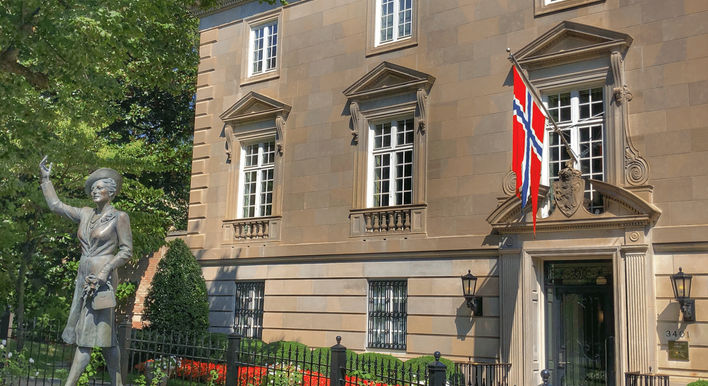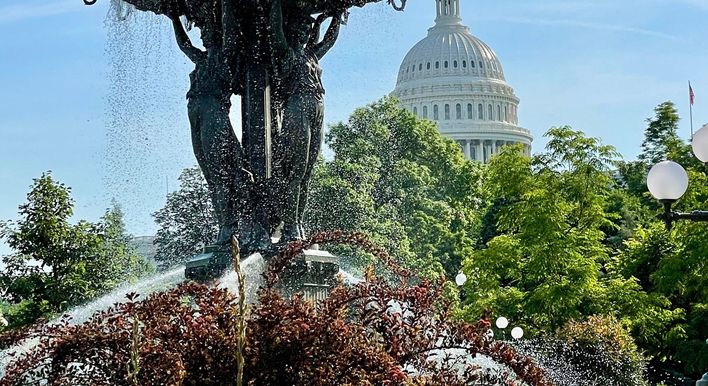No one wants to be an unknown soldier. During the Civil War, that was a real fear. Soldiers worried that if killed their bodies would not be identified. Some would mark their clothing with their names or engrave their name on a piece of metal, or a pin paper name tags to their uniform. To give you an idea of why this was a real concern, consider the 17,000 Union troops buried in Vicksburg National Cemetery, nearly 13,000 of those graves are marked as unknown.
A tour we think you'll love
War will always be bloody and terrifying. But one man helped alleviate the fear of being lost after death.
The Rev. Charles C. Pierce was an Episcopal clergyman. Born in New Jersey he joined the army as a chaplain and served in posts out west. In 1899 he was sent to Manila. The Philippine–American War was in full swing as Filipinos fought for their independence from the United States. As a clergyperson, Pierce was familiar with death and all that it entails. Someone in the army thought this would be the experience needed to head of the Office of Identification and Army Morgue. And this is where Pierce found his calling – identifying and burying war dead.
And he did a good job of it. In Manila he established a process of collecting information about the soldier’s place of death, physical characteristics, the nature of the wounds, and any other information that might provide a clue. He then began digging up bodies that were buried for weeks or months old and comparing the remains with the collected information to determine identities. It was the beginning of modern identification procedures.
And one of the recommendations he makes is that each soldier have half-dollar size metal ID medallion with his name, rank, and regiment attached to a cord that went around the neck.
The Army likes this idea and in 1906, orders that a medallion be worn by all soldiers. Before World War I the Army says make that two tags, one that would stay with the dead body and the other would go to the Graves Registration unit. Around this time someone came up the name dog tags for these ID tags and the term stuck. Service members still wear them today.
Satisfied with a job well done, in 1908 Pierce retires from the Army and enters parish ministry. But as America enters World War I, Pierce is recalled to active duty, promoted to major in the Quartermaster Corps he is responsible for the Graves Registration Service.
This is a messy job. You must face the full effects of the slaughter that is war up close. Pierce and his team create the policies and paperwork. They find, identify, casket, and ship remains. He must acquire land, deal with the French, create temporary burial plots, and who knows what else. But the Graves Registration Service identifies 97% of remains. A previously unimaginable feat that earns the praise of General Pershing.
After the war, now Colonel Pierce, has an even more unpleasant job. Bodies were often buried were they fell. Pierce’s team must locate these graves, move the bodies to smaller, temporary cemeteries. He continues this work in 1919 when he returns to the States to head the Quartermaster General’s Cemetery Division. Congress decided that the families could choose to have the bodies buried in Europe or returned to the United States. Now Pierce must deal with the sensitive problems of moving remains to a permanent resting place.
In 1921, Pierce and his wife traveled to France with members of the National Fine Arts Commission to oversee the development of the U.S. cemeteries. While there both became ill. They died within three weeks of each other. They are buried at Arlington.






